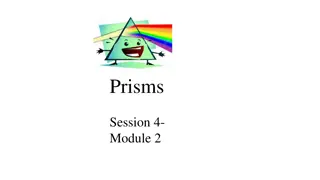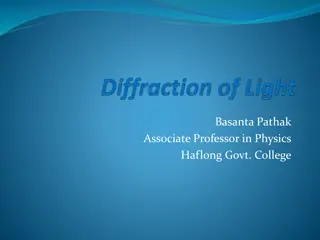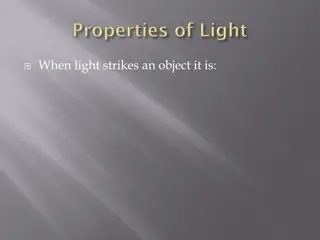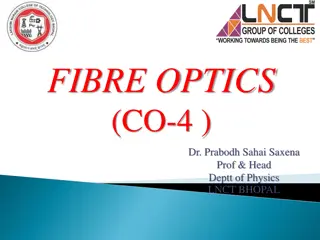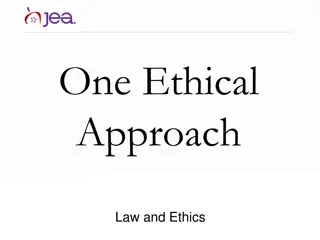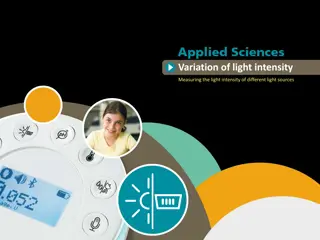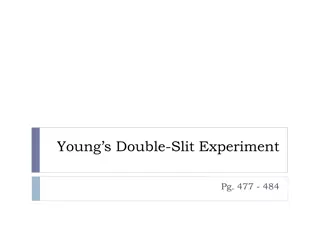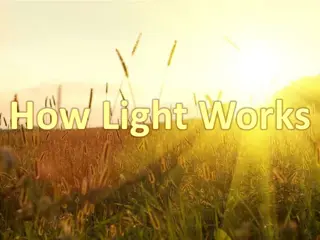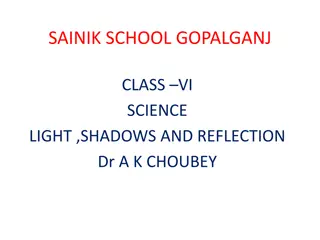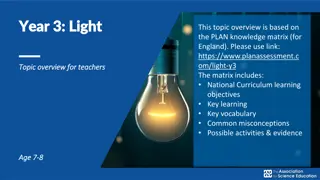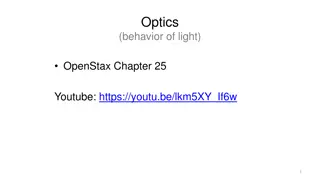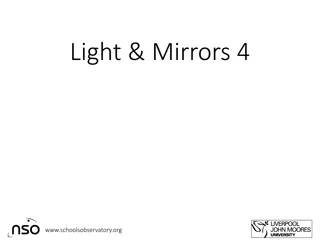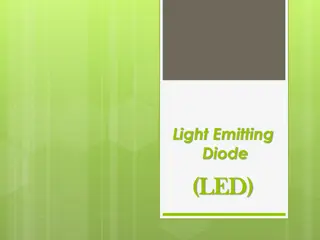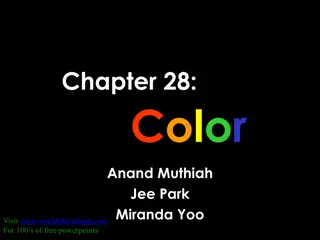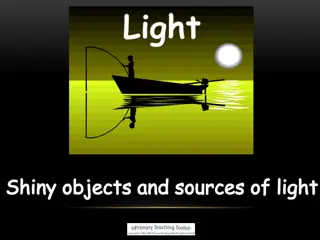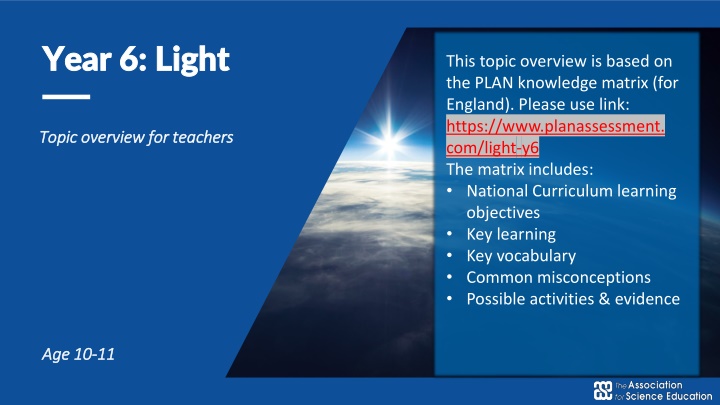
Exploring Light and Shadows in Year 6 Curriculum
Discover key learning objectives and activities for teaching light and shadows in Year 6, exploring concepts such as how light travels, reflection, and shadow formation. Engage students with hands-on experiments and online resources to deepen their understanding of these fundamental principles.
Download Presentation

Please find below an Image/Link to download the presentation.
The content on the website is provided AS IS for your information and personal use only. It may not be sold, licensed, or shared on other websites without obtaining consent from the author. If you encounter any issues during the download, it is possible that the publisher has removed the file from their server.
You are allowed to download the files provided on this website for personal or commercial use, subject to the condition that they are used lawfully. All files are the property of their respective owners.
The content on the website is provided AS IS for your information and personal use only. It may not be sold, licensed, or shared on other websites without obtaining consent from the author.
E N D
Presentation Transcript
Year 6: Light Year 6: Light This topic overview is based on the PLAN knowledge matrix (for England). Please use link: https://www.planassessment. com/light-y6 The matrix includes: National Curriculum learning objectives Key learning Key vocabulary Common misconceptions Possible activities & evidence Topic overview for teachers Topic overview for teachers Age 10 Age 10- -11 11
Year 6 Light Topic Key Learning page Light travels in straight lines We see things because light travels from a light source into our eyes. 3 Light travels in straight lines. Seeing shiny and matt objects The idea that light travels in straight lines can explain how non-luminous objects are seen. 4 All surfaces reflect some light. Shiny surfaces reflect light better than matt surfaces. Making and measuring shadows The idea that light travels in straight lines explains why shadows have the same shape as the objects that cast them. 5 That the size of a shadow depends on the relative position of the light source and the object. What time is the Sun highest in the sky? The size of the Sun s shadow changes throughout the day. 6 The Sun rises in the East and sets in the West. The Sun is highest in the sky in the middle of the day. 2
Light Light Light travels in straight lines Light travels in straight lines Activities and websites Exploring prior knowledge about light and how it travels through materials. Key Learning We see things because light travels from a light source into our eyes. Light travels in straight lines. www.youtube.com/watch?v=a8xt_m4iMYc Observing what you can and can t see and representing how light travels. Drawing ray diagrams. Optional activities to explore questions you have about light and find out more about it. I can draw ray diagrams showing how light travels from a light source into an eye. https://kids.kiddle.co/Speed_of_light and/or www.youtube.com/watch?v=Z2ii1ydXKZY www.dkfindout.com/uk/science/amazing- inventions/light-bulb 3
Light Light Seeing shiny and matt objects Key Learning The idea that light travels in straight lines can explain how non-luminous objects are seen. All surfacesreflect some light. Shiny surfacesreflect light better than matt surfaces. Activities and websites Exploring prior knowledge about the reflection of light. www.bbc.co.uk/bitesize/clips/zs3ygk7 Investigating the reflective properties of objects. Recording results in a Carroll diagram. Optional activities to find out more about the reflection of light. I can record the results of a reflection investigation in a Carroll diagram. drawraydiagramstoshowhownon-luminous objects are seen directly, and when they are seen reflected in a mirror. www.beano.com/games/lazer-maze www.bbc.co.uk/bitesize/topics/zbssgk7/articles/ zqdxb82 4
Light Light Making and measuring shadows Making and measuring shadows Key Learning The idea that light travels in straight lines explains why shadows have the same shape as the objects that cast them. That the size of a shadow depends on the relative position of the light source and the object. Activities and websites Exploring prior knowledge about shadows: where and how are shadows made? www.youtube.com/watch?v=3Mv4qa5c0q8 Measuring the size of a shadow as you change the distance of the object from the light source. Optional activities for exploring more about shadows and how they are used. I can record my measurements in a table. plot a line graph showing how the size of an objects shadow depends on the distance between the light source and the object. www.youtube.com/watch?v=a4Fv98jttYA&t=1s www.youtube.com/watch?v=ss9FAdhX4mI www.bbc.co.uk/bitesize/clips/z87jmp3 www.carlemuseum.org/blogs/making-art/copy-paper-box- shadow-puppet-theater 5
Light Light What time is the Sun highest in the sky? What time is the Sun highest in the sky? Key Learning The size of the Sun s shadow changes throughout the day. The Sun rises in the East and sets in the West. The Sun is highest in the sky in the middle of the day. Activities and websites Exploring prior knowledge about shadows on a sunny day. Taking accurate measurements of a shadow throughout the day and plotting a line graph. Optional activity: You may like to explore sundials and make one. I can observe and record the size of shadows through the day. plot a line graph of results taken to one decimal place. draw a conclusion from my data. 6


